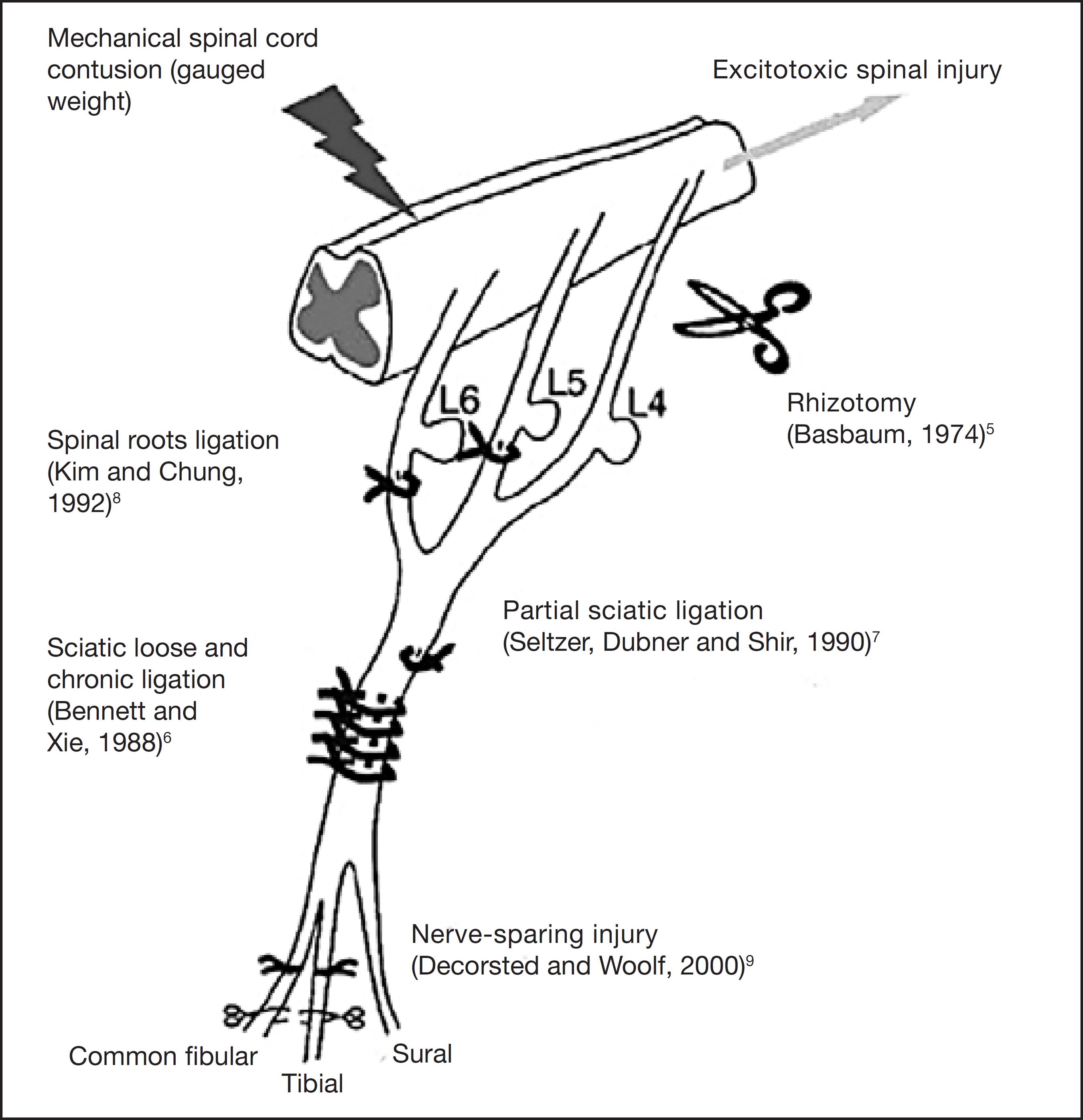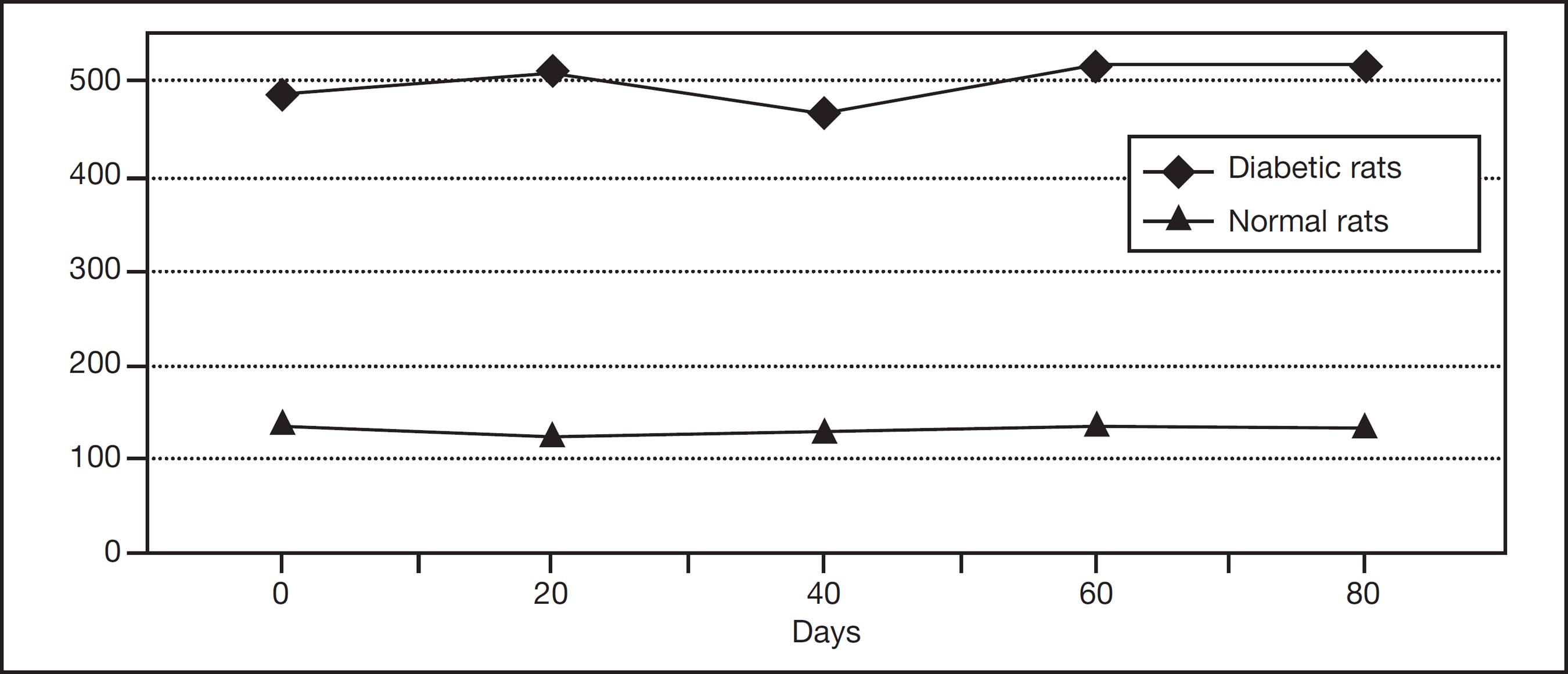ABSTRACT
BACKGROUND AND OBJECTIVES:
Ideal models should reproduce just sensory deficits, such as alodynia, hyperalgesia and spontaneous pain for short periods. There are different types of animal models to evaluate different neuropathic pain etiologies and manifestations. Some models study neuropathic pain peripheral mechanisms and other study its central mechanisms. This review focuses on animal models most commonly used for neuropathic pain research.
CONTENTS:
Animal models based on peripheral nerves ligation which are more commonly used are described. From all models described in this review, spared nerve injury is that producing more reproducible behavioral abnormalities for a longer period, while chronic sciatic nerve compression produces behavioral signs of less predictable painful neuropathies. Spinal hemisection and cytokines-induced spinal injury are the models of choice for the study of central pain mechanisms. Other specific models are used for the study of the specific etiology of pain.
CONCLUSION:
Since neuropathic pain is multifactorial, different neuropathic pain animal models were developed throughout the years, which have been critical for the study of neuropathic pain, since much of current knowledge comes from studies with rats and mice. Current animal models need to be further refined and more efforts should be made to determine which animal models may be more predictive, with less biases and more complex and objective analysis parameters.
Keywords:
Experimental models of neuropathic pain; Neuropathic pain


